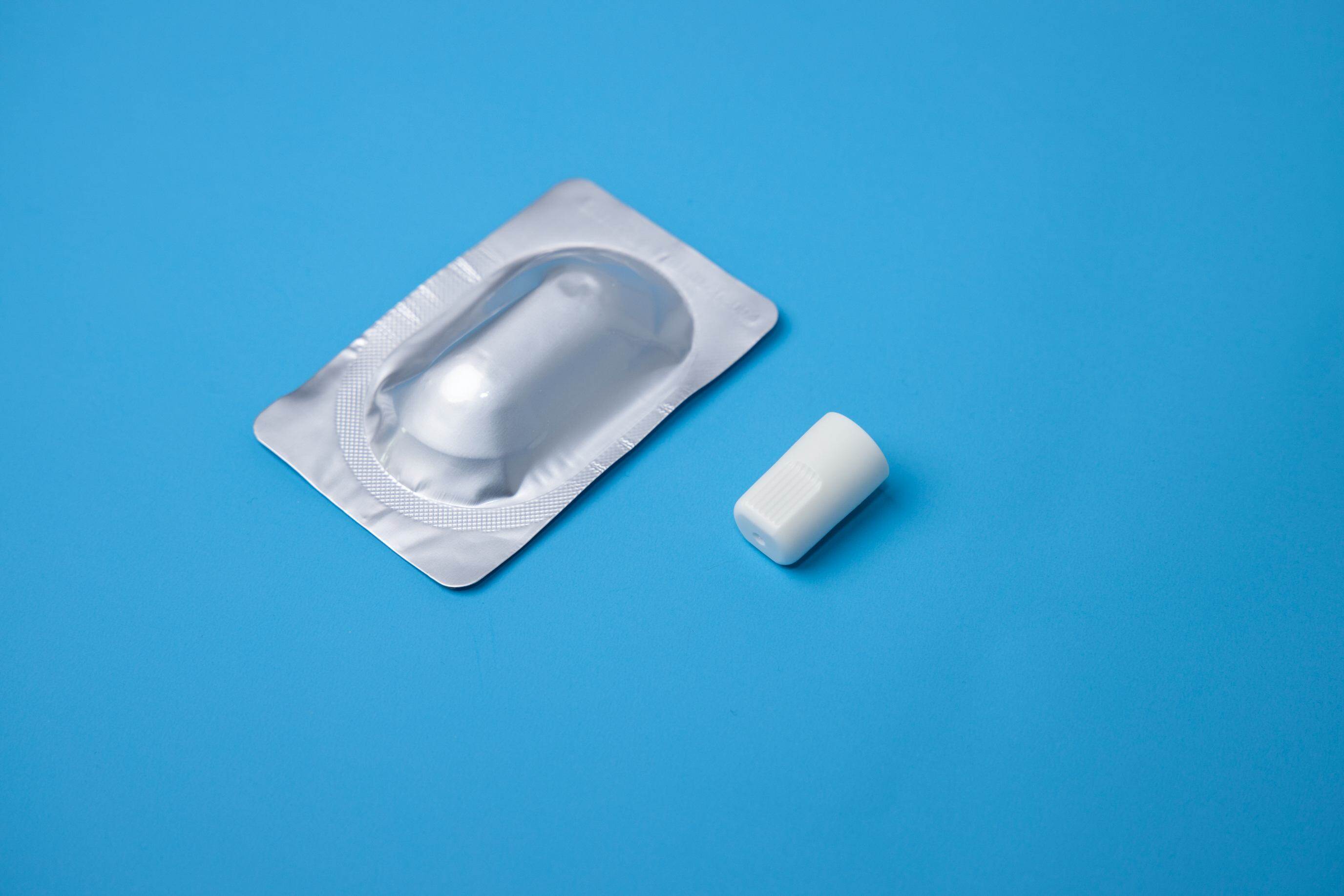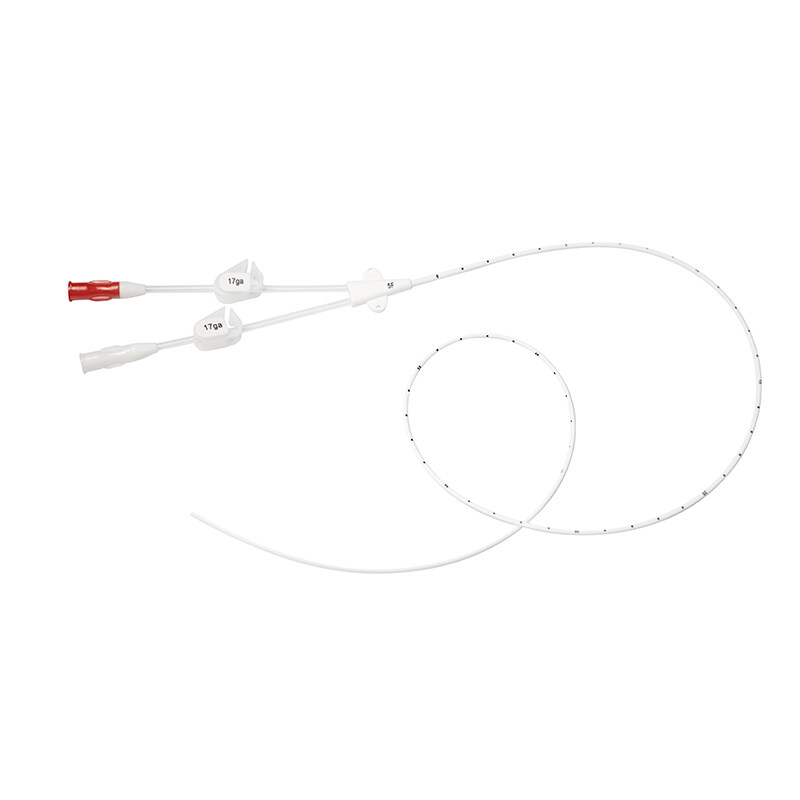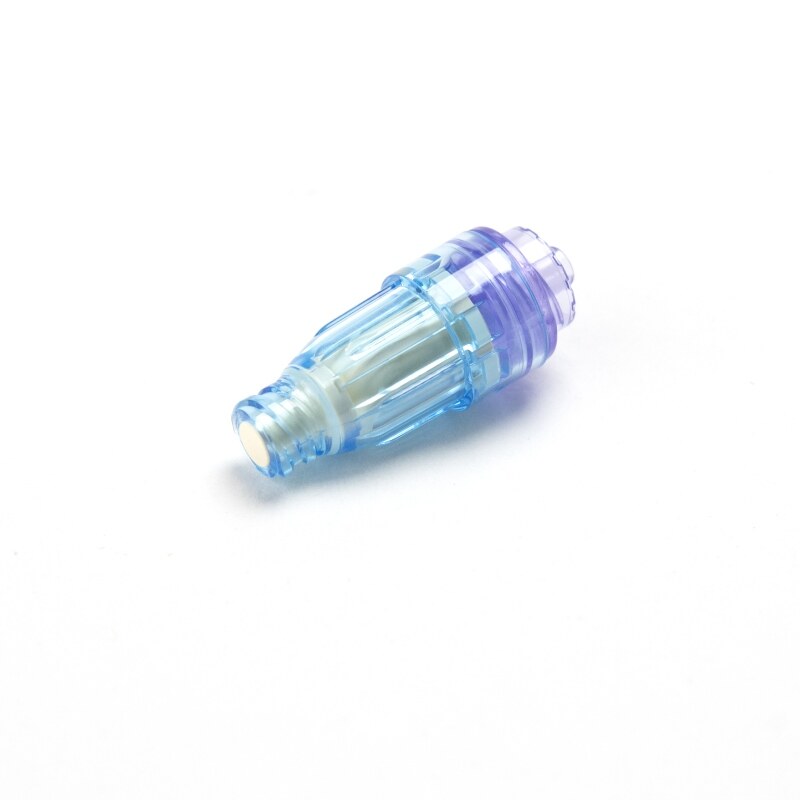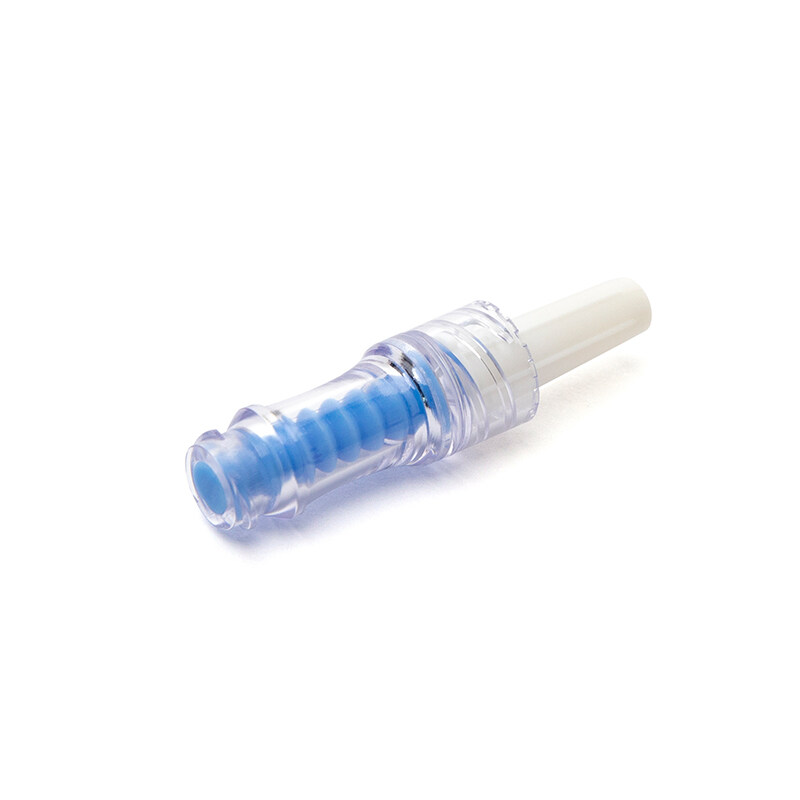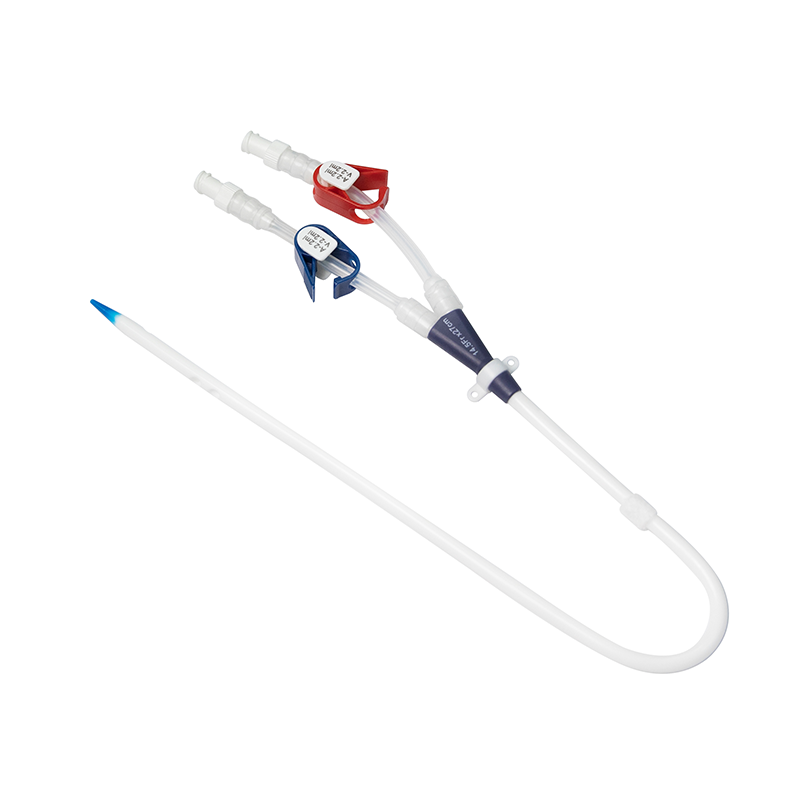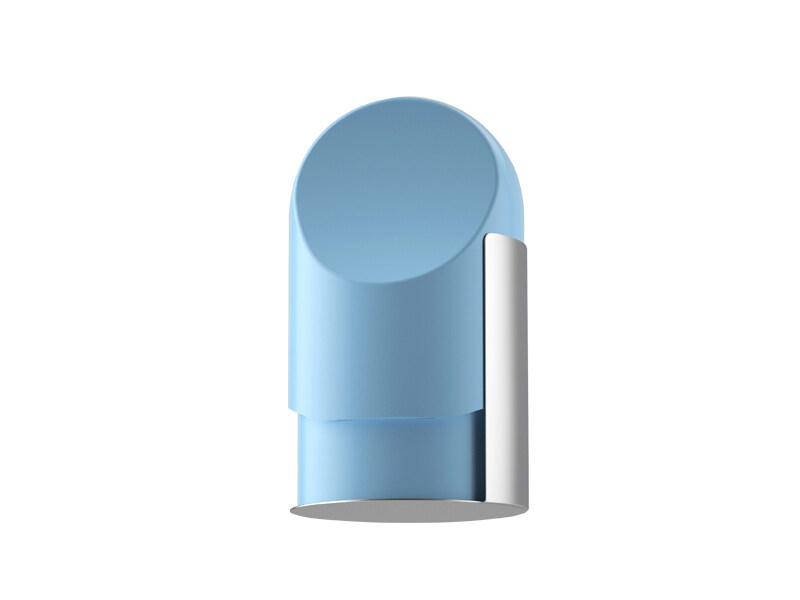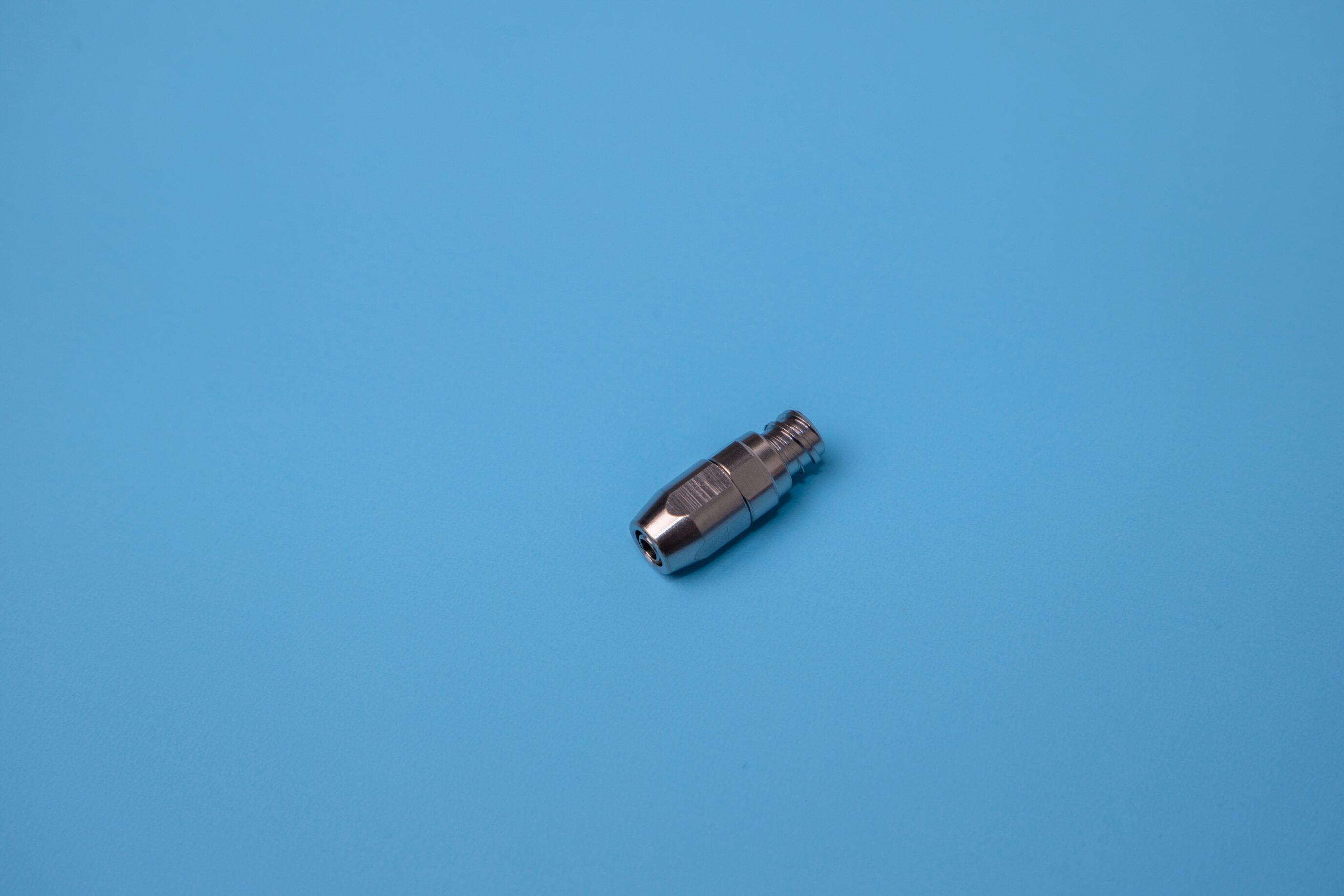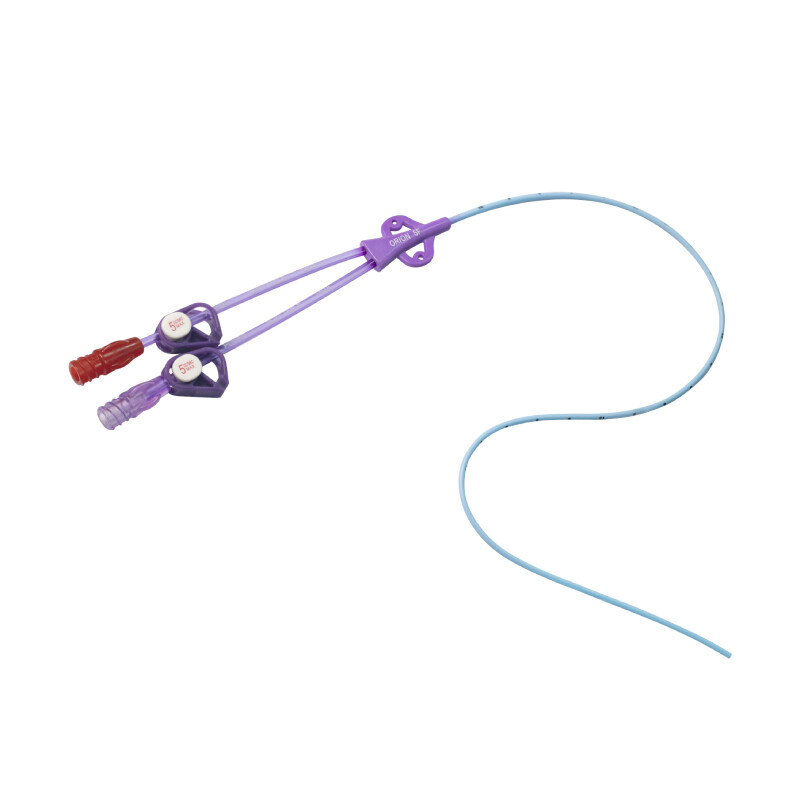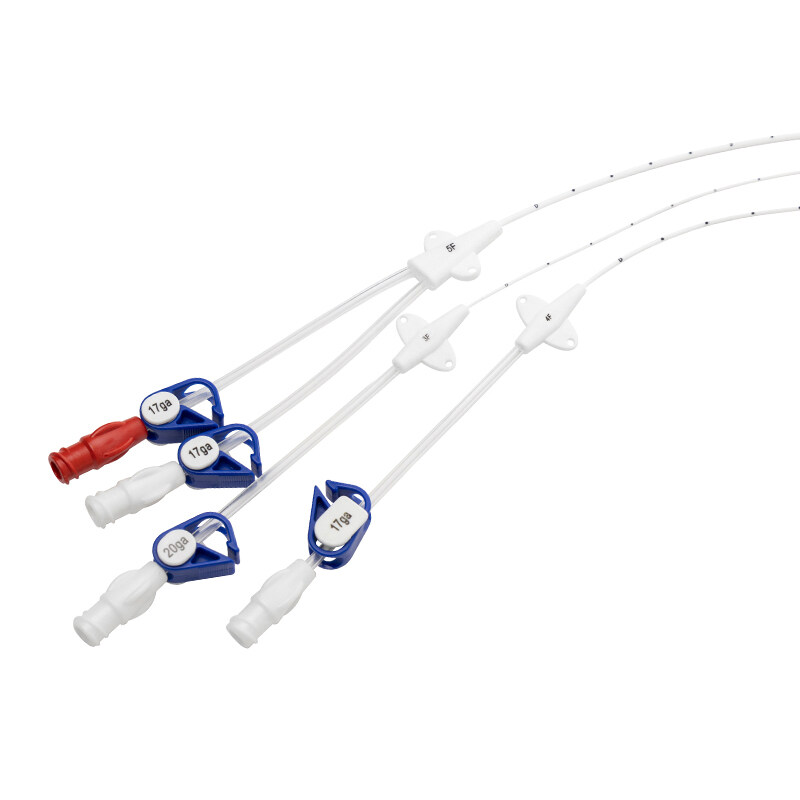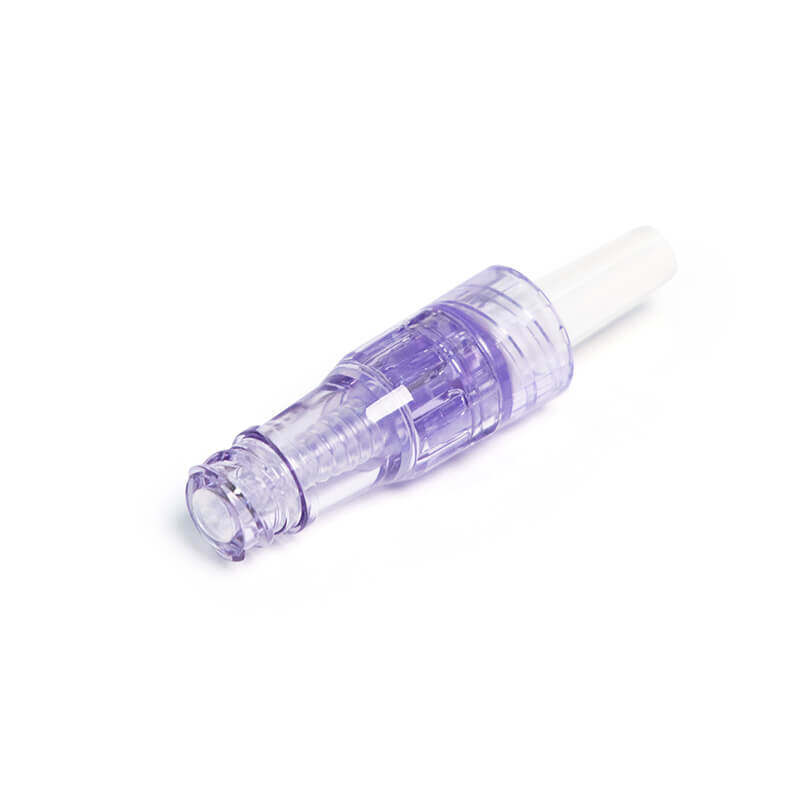medical rubber catheter
What is a medical rubber catheter?
The function of medical rubber catheters is just like a straight catheter, except that they are made of rubber latex instead of plastic. This makes the rubber catheter a bit more flexible, which some people prefer.
A medical rubber catheter is a flexible tube made from natural or synthetic rubber that is inserted into a body cavity or vessel for various medical purposes.
How is a medical rubber catheter inserted?
A medical rubber catheter is typically inserted, with the help of a lubricant. In some cases, it may be inserted through a surgical incision.
How is a medical rubber catheter removed?
A medical rubber catheter is typically removed by gently pulling it out. Healthcare providers should use sterile techniques when inserting and removing catheters to reduce the risk of infection.
It's important for patients and healthcare providers to discuss the use of medical rubber catheters and to ensure that they are used only when necessary to minimize the risk of complications. Proper insertion techniques, monitoring, and care of the catheter site can also help reduce the risk of complications associated with medical rubber catheters.
Patients who have medical rubber catheters should be aware of potential complications such as pain, discomfort. They should also communicate with their healthcare providers if they experience any issues or discomfort.
It is a non-self retaining, medical rubber catheter, the radio-opaque catheter used for giving bladder wash, enema, bowel wash and to drain the urine in case of acute retention of urine. It is also used for a retrograde cystourethrogram (MCU).
It's important to note that while medical rubber catheters can be effective in treating certain medical conditions, they should be used only when necessary and under the guidance of a healthcare provider. Patients should also be informed of the potential risks and benefits of using a medical rubber catheter and have the opportunity to ask questions and discuss concerns with their healthcare provider. With proper care and monitoring, medical rubber catheters can help improve patients' health outcomes.
It's important for patients to follow their healthcare provider's instructions for catheter care and maintenance, including keeping the catheter site clean and dry and avoiding unnecessary movements that could cause dislodgement or damage to the catheter. Patients should also watch for signs of complications, such as pain, swelling, redness, or drainage at the catheter site, and report any concerns to their healthcare provider promptly.
In summary, medical rubber catheters are a common medical device used in various medical procedures. While they can be effective in treating certain medical conditions, they do carry the risk of complications. Patients should communicate with their healthcare provider to ensure proper use and management of the catheter, and be aware of potential complications and signs of infection or other issues. With proper care and monitoring, medical rubber catheters can be an effective and safe medical intervention for patients in need.

